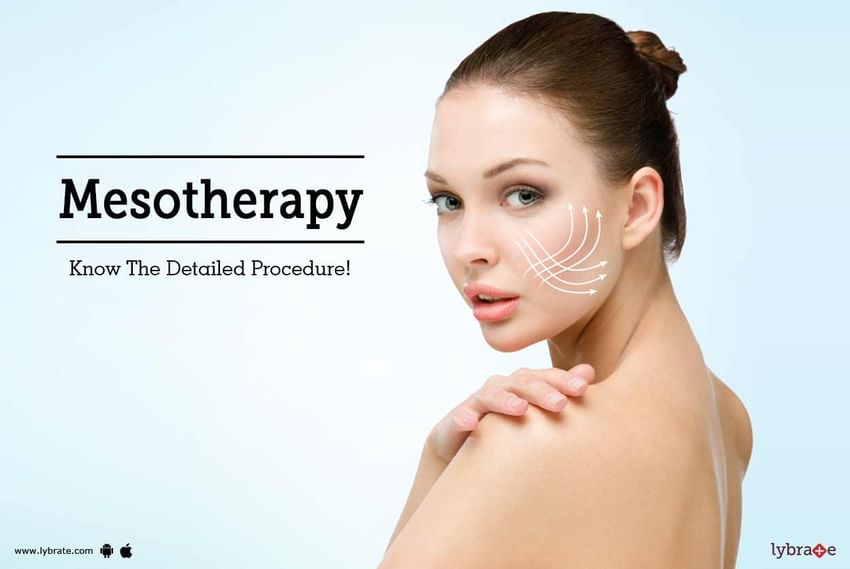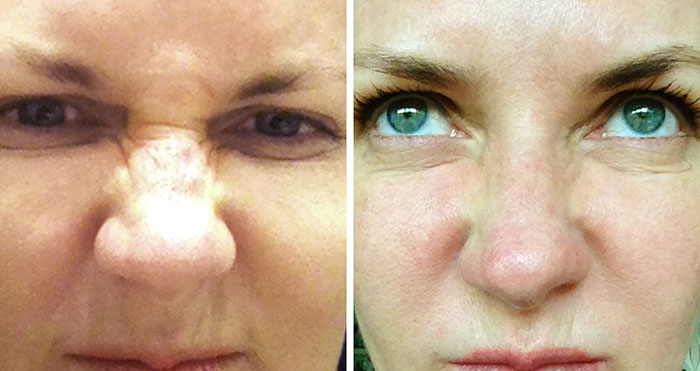As we head into the summer season most of us will be taking advantage of the warmer weather by spending more time outdoors. While it may be good for the soul to soak up some sun after a long winter, it can also mean trouble for your skin. More than 90% of skin cancer is caused by sun exposure.
In the central hours of the day (from noon until 2 pm) solar radiation is much stronger so it is important to avoid exposure at this time. It is recommended to stay in the shade and protect yourself properly.
In this case, it’s always better to use large quantities; in fact, it is estimated that an adult should use about 35 grams of cream in each application. It is important that the skin is well covered. If neglected the harmful UV rays can cause problems and hence, using right amount and right kind of sunscreen is the only solution for that.
There is no better barrier than the physical one, and clothing fulfills that function very well. Depending on the material of which it is made, it will be more or less resistant; however, there are t-shirts and pants on the market that protect against UV rays, do check them out!
Sun exposure can cause dehydration throughout your body so it is essential to consume plenty of fluids.
Sun cream is one of the main barriers we can use to avoid the effects of the sun. That´s why it is so important to choose a sunscreen product suitable for our skin type taking into account the intensity of UVA rays. It is recommended to always use SPF 30 or higher and it is important that the cream provides protection against ultraviolet rays B and A.
By following these tips you will be protecting your skin from solar radiation and avoiding its harmful effects. Click here for more skin care and beauty related tips.
Facebook: https://www.facebook.com/beautiphiNZ/
Youtube: https://www.youtube.com/channel/UCw3WRVVzRVt9D3In_iKrMYA/
Customer care: info@beautiphi.co.nz
Contact: 022 383 7968
Here are the top 5 ways to Protect Yourself from the Sun
1. Avoid the sun at noon
2. Apply sunscreen in the right way
In this case, it’s always better to use large quantities; in fact, it is estimated that an adult should use about 35 grams of cream in each application. It is important that the skin is well covered. If neglected the harmful UV rays can cause problems and hence, using right amount and right kind of sunscreen is the only solution for that.
3. Use the cloth as protection
There is no better barrier than the physical one, and clothing fulfills that function very well. Depending on the material of which it is made, it will be more or less resistant; however, there are t-shirts and pants on the market that protect against UV rays, do check them out!
4. Drink plenty of water
Sun exposure can cause dehydration throughout your body so it is essential to consume plenty of fluids.
5. Choose an appropriate sunscreen
Sun cream is one of the main barriers we can use to avoid the effects of the sun. That´s why it is so important to choose a sunscreen product suitable for our skin type taking into account the intensity of UVA rays. It is recommended to always use SPF 30 or higher and it is important that the cream provides protection against ultraviolet rays B and A.
By following these tips you will be protecting your skin from solar radiation and avoiding its harmful effects. Click here for more skin care and beauty related tips.
Address: Beautiphi, 2C/1, Tika Street, Parnell, Auckland, 1052, New Zealand
Website: https://www.beautiphi.co.nz/
Website: https://www.beautiphi.co.nz/
Facebook: https://www.facebook.com/beautiphiNZ/
Youtube: https://www.youtube.com/channel/UCw3WRVVzRVt9D3In_iKrMYA/
Customer care: info@beautiphi.co.nz
Contact: 022 383 7968

























